Bicycling has been a popular sport and means of transportation for centuries. However, with different types of bicycles and riding styles, you need to ensure that your ride is comfortable, stable, and efficient. One way to achieve this is by getting a stem extender, an accessory designed to raise your handlebars. You may be hesitant to invest in one, but with the benefits it offers, it's worth considering.
1. Improves Comfort and Ergonomics
If you've ever experienced neck, shoulder, or back pain during or after a ride, then you understand the importance of proper positioning on a bike. With a stem extender, you can raise the handlebars to a suitable height, ensuring that you don't experience discomfort. Additionally, a higher handlebar position will help you maintain a more upright posture, preventing you from experiencing numbness in the hands and fingers.
2. Enhances Control and Stability
When you ride your bike in a relaxed position, you can maneuver your bike with ease, allowing you to take on different terrains. With a stem extender, you can achieve a relaxed and comfortable posture, enabling you to ride with control and stability. You'll be able to ride longer distances without experiencing strain on your back, neck, or shoulders.
3. Versatility and Customization
A stem extender gives you versatility when it comes to adjusting the height of the handlebars. You can adjust it to suit your riding style, preferences, and body type, ensuring that you ride in a comfortable and controlled position. Additionally, with a stem extender, you can play around with different handlebar styles, such as drop bars or bullhorns, which can enhance your grip and control on the bike.
4. Cost-effective Solution
Getting a bike customized to your needs or purchasing a new bike with customized features can be expensive. However, with a stem extender, you can achieve the same customization on your current bike, saving you money in the long run. A stem extender is easy to install and does not require any modifications to your current bike, making it an affordable solution to optimize your riding experience.
5. Suitable for Different Bikes and Riding Styles
Stem extenders come in different sizes and styles, making them suitable for different types of bikes, such as road bikes, hybrid bikes, mountain bikes, and BMX bikes. Whether you're a commuter, a leisure rider, or a professional cyclist, a stem extender can enhance your comfort, control, and performance on the bike.
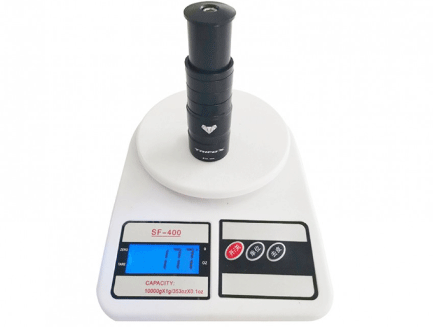
Conclusion:
Investing in a stem extender is a cost-effective and versatile way to enhance your bicycle's performance and your riding experience. With the improved comfort, control, and ergonomics that come with a stem extender, you can ride longer and enjoy your ride more. So why not consider getting one for your bicycle today?
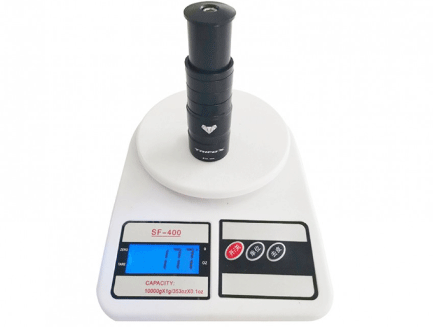

Roaming around on your bicycle during summer can be a refreshing and fulfilling activity. But, with the summer heat, it becomes essential to stay hydrated and have enough water while cycling. Fortunately, technology has brought a solution to this problem in the form of bicycle bottle cages.These cages are an essential accessory, and in this blog post, we will explore what makes them so important.
1. Convenience and Accessibility:
One of the primary reasons to invest in bicycle bottle cages is convenience. It allows you to carry the water bottle with you rather than trying to hold it in your hand or shoving it in your pocket. It’s important to stay hydrated during a long ride, and bike bottle cages make it easy to carry a reliable source of hydration. It also enables you to drink water at any point during your ride. This convenience is why bottle cages have become one of the essential bicycle accessories.
2. Better Control and Safety:
With bottle cages, you can keep your hands on the handlebars, providing better control and balance on the bike. Being free of having to carry or hold the water bottle, you can focus more on safe cycling practices to reduce the risk of accidents. You can also eliminate the risk of losing a bottle or accidentally dropping it on the road, which can be a safety hazard.
3. Versatlity and Durability:
Bottle cages are mainly made of steel, plastic, or carbon fiber, which makes them durable even in the most extreme weather conditions. These cages can hold not only water bottles but any other drink bottles or food items as well. The versatility of bottle cages makes them suitable for any cyclist, whether you are a professional or a beginner.
4. Fits on Most bicycles:
Bottle cages come in a range of sizes, shapes, and designs, and fit on most bikes, from the road bikes to mountain bikes. Multiple cages can also be fit on one bike to carry multiple bottles. They provide a variety of mounting options so one can install them on the frame, handlebars or even the saddle. Bottle cages are easy to install and affordable, making it an easy to acquire accessory for every cyclist.
5. Style and Look:
Bottles cages are not just a functional accessory; they also add to the bike's styling and aesthetics. They come in a range of colors and designs, which allows you to personalize and customize your bike. You can choose the color that blends with your bike's framework or even match it to your cycling apparel.
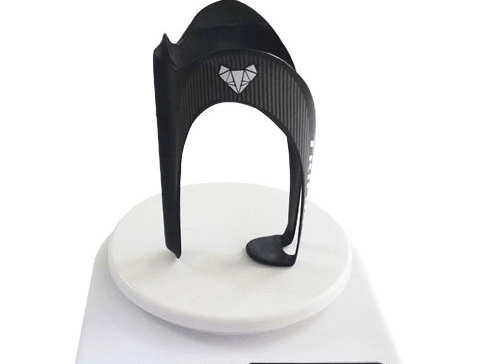
In conclusion, bicycle bottle cages make for an essential accessory for every cyclist. Their primary function of providing easy access to hydration ensures they play a crucial role in the cyclist's overall performance. With better control, safety, durability, versatility, and style, bottle cages provide an all-round solution to a cyclist's comfort and performance.
Their easy installation and affordability make them a must-have bike accessory. Whether you are a beginner or an experienced cyclist, investing in a bicycle bottle cage is an excellent decision. Stay hydrated while enjoying the refreshing ride on your bicycle.
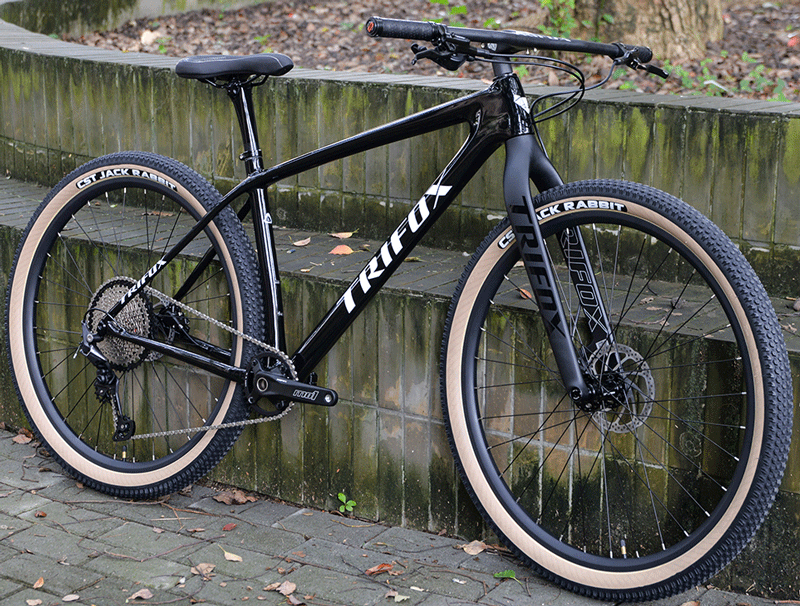
Mountain biking is an exhilarating and challenging outdoor activity that requires the right equipment to tackle the unpredictable terrain. A 29er mountain bike fork is a critical component that provides stability, control, and comfort to riders. It is designed to absorb shocks, vibrations, and impacts, and ensure smooth and safe riding. With plenty of options available in the market, choosing the right fork can be overwhelming.
1. QMK100 Carbon Fork
The QMK100 Carbon Fork is a popular choice among mountain bikers who want a lightweight and durable option with a tapered 1-1/8 to 1-1/2 inches head tube. It has an import carbon construction that makes it sturdy and reliable for challenging surfaces. The fork is also suitable for tires that measure up to 29er * 2.1 inches, so you can tackle different trail types.
2. QMK200 Carbon Fork
The QMK200 Carbon Fork is an excellent option for mountain biking frames that feature a straight head tube. It is engineered to match most mountain bike frames, guaranteeing compatibility and performance. The fork is also designed to fit tires up to 29er * 2.1 inches, so you can enjoy smooth and comfortable rides on different terrains.
3. TMK100 Carbon Fork Disc Brake
The TMK100 Carbon Fork Disc Brake offers reliable stopping power, thanks to its quick-release dropout style. The fork is compatible with disc brakes, ensuring greater control and confidence when riding on different terrains. It has a vertical tube diameter of 28.6mm and weighs 600g, making it a lightweight and practical option for mountain biking enthusiasts.
4. TMK200 Carbon Boost Fork
The TMK200 Carbon Boost Fork is an excellent choice for riders who want a versatile and modern option. It is designed to fit tires up to 29er * 3.0 inches, making it great for handling more challenging surfaces. The fork is compatible with disc brakes that use 160/180mm rotors, guaranteeing reliable stopping power. It also has a fork rake/offset of 45mm for enhanced handling and control.
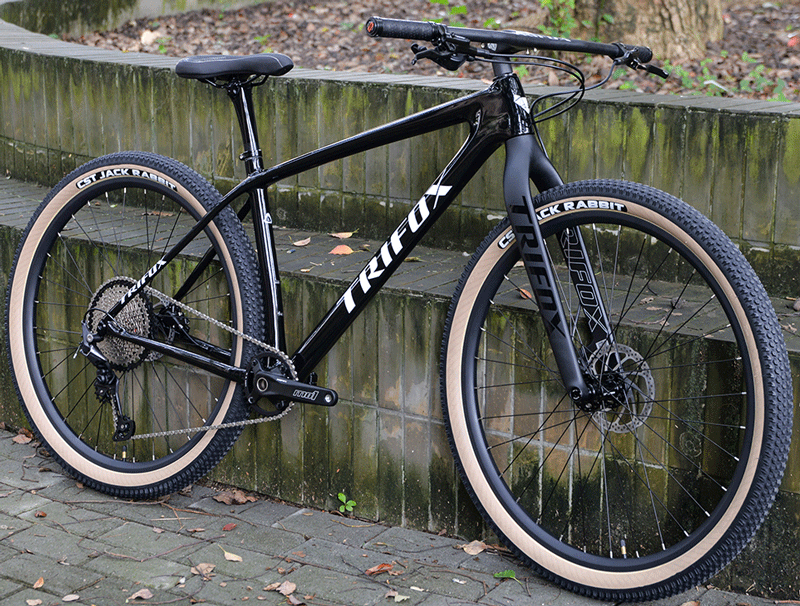
Conclusion:
Choosing the right 29er mountain bike fork is key to enjoying a seamless ride on different surfaces. As highlighted, the QMK100, QMK200, TMK100, and TMK200 Carbon Forks are top options that combine design, compatibility, and performance.
Ultimately, consider your riding style, budget, and personal preferences when selecting the best 29er mountain bike fork for your adventures. With the right fork, you'll have greater control, stability, and confidence when tackling the trails.
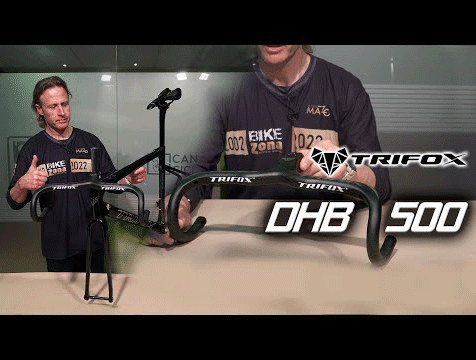
Have you ever thought of enhancing your cycling experience? Well, if your answer is yes, then you may need to take a look at the advantages of upgrading your bike handlebars. The Trifox Drop Butterfly Handlebar, DHB500, is a perfect solution to revolutionize your cycling experience.
In this blog post, we will discuss the features of the Trifox Drop Butterfly Handlebar, how it can improve your ride, and why it is an excellent investment for all cyclists out there.
1. Improved Comfort and Stability:
The Drop bar DHB500 has a unique design that allows riders to rest their hands in different positions as they ride. This handlebar provides the flexibility that riders need to adjust their hand positions on the bike easily. The butterfly shape of the handlebar ensures an increase in comfort and stability during long rides, reducing the likelihood of getting hand fatigue. This design also helps reduce wrist pain, allowing you to cycle for longer distances.
2. Increased Aerodynamics:
The Trifox Drop bar DHB500 comes with an aerodynamic design that decreases wind resistance while riding. You do not need to have an aerodynamic bike to appreciate the benefits of a butterfly handlebar. This design makes a significant difference in how fast you can cycle compared to traditional handlebars. It also enhances your bike's performance, providing you with faster, smoother cycling experience, especially over long distances.
3. Light-Weight Construction:
The Trifox Drop bar DHB500 is light in weight, so you don't have to layer your bike's components with heavy parts. The construction is entirely made of lightweight carbon materials, which means it puts less stress on your bike's entire weight. This feature improves the bike's overall handling and ensures an easy installation during the upgrade process. The light-weight construction makes it easier to handle the bike, making it more enjoyable to ride, even on difficult terrains.
4. Aesthetic Appeal:
The Trifox Drop bar DHB500 adds a touch of style to any bike. It comes in various sizes and shapes, allowing you to choose one that suits your needs and preferences. The handlebars come in sleek modern designs and color schemes. It is an excellent investment for cyclists who not only want to better their riding experience but also enjoy a beautiful and unique design.
5. Durable and Long-Lasting:
Investing in a Trifox Drop bar DHB500 is a wise choice. The construction is made of carbon that is durable and long-lasting. Carbon materials are known for their durability, and the Trifox Drop Butterfly Handlebar is no exception. You do not have to worry about your handlebar losing its quality or shape over time. This investment can serve you for a long time, enhancing your riding experience throughout this duration.
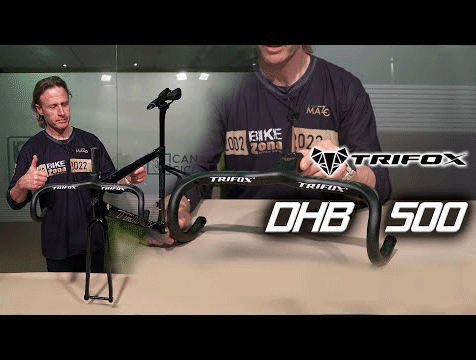
Conclusion:
In conclusion, adding a Trifox Drop Butterfly Handlebar to your bike will revolutionize your cycling experience, making it more enjoyable, stable, and comfortable. The handlebar's design makes it aerodynamic, lightweight, long-lasting, and aesthetically appealing, making it an excellent investment. An upgrade to a Trifox Handlebar is the perfect way to enjoy a better cycling experience.

As a cycling enthusiast, you know how important it is to stay hydrated during your ride. However, carrying a water bottle can be inconvenient and even dangerous if it isn't securely attached to your bike. That's where the Trifox Carbon Bottle Cage comes in. It's a lightweight, sturdy, and versatile accessory that can help you keep your water bottle within easy reach and prevent it from bouncing around on rough terrain.
1. Lightweight and Durable Design
One of the most significant advantages of the Trifox Carbon Bottle Cage is that it's incredibly lightweight. The thick version CBC100 weighs only 28g ± 2g, while the AERO thin version CBC200 weighs only 20g± 2g. It's made of carbon fiber material, which makes it not only super lightweight but also highly durable. You won't have to worry about it breaking or deforming even when you're cycling through rough terrain.
2. Suitable for Various Bikes
The Trifox Carbon Bottle Cage is versatile in its design, making it suitable for a wide range of bicycles. Whether you have a mountain bike or a folding bike, the Trifox Carbon Bottle Cage will fit perfectly. Apart from this, it has a sturdy structure that can prevent damage or deformation during your ride. Plus, it's effortless to install, taking only a couple of minutes to mount to your bike.
3. Multiple Color Options
Apart from a sturdy design, the Trifox Carbon Bottle Cage also comes in multiple color options. The AERO thin version CBC200 comes in red, silver, yellow, and gray. This feature allows you to match your water bottle cage with your bike or add a pop of color to it.
4. Prevent Water Bottle Slippage
The Trifox Carbon Bottle Cage has excellent retention capability, ensuring your water bottle stays in place throughout your ride. There are multiple bottles that fit this cage, and the unique design ensures a tight and snug fit. This feature prevents your bottle from falling even when you're negotiating sharp turns or riding at breakneck speed.
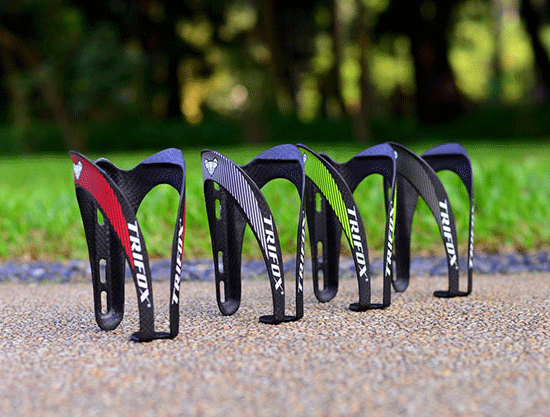
Conclusion:
If you're looking for a perfect accessory for your bike that can make your ride more enjoyable, look no further than the Trifox Carbon Bottle Cage. Its lightweight, durable, versatile, and retention features make it a must-have item for all serious cyclists. You can choose from various color options and enjoy the added benefit of money-back guarantee. Don't wait any longer- invest in the Trifox Carbon Bottle Cage today and get ready for a ride like no other.

Biking is enjoyed by many individuals for various reasons. Some do it for exercise, while others do it for leisure and relaxation. Whatever your reason is, one thing's for sure - the smoother your ride, the better. This smooth experience can be achieved with the help of the right equipment such as the Trifox AIR Bike Dropper Seatpost AP309. In this blog post, we'll explore everything you need to know about this product, its features, benefits, and how it can help you achieve the perfect ride.
The Trifox AIR Bike Dropper Seatpost AP309 is a dropper seatpost that is made of high-quality AL7075 material, making it sturdy and durable. It has a length of 440mm with a 125mm travel, and a Linelength of 500mm, which ensures maximum efficiency and optimal positioning. It has a pipe diameter of 30.9, making it suitable for most bike frames.
One of the unique features of this Trifox product is its wiring option, which includes Upper Routing (APS309), Center Routing (APM309), and Bottom Routing (APD309). This allows you to choose the best option that suits your bike frame and wiring preferences. Moreover, it has a Stainless screw and a UD Matte finish that adds a touch of sophistication to your bike. It also comes in black color, which is a popular color choice for most bike enthusiasts.
Another great benefit of the Trifox AIR Bike Dropper Seatpost AP309 is its weight. It only weighs 783g/831g/807g (depending on the wiring option), making it easy to carry and maneuver. This is perfect for individuals who like to take their bikes out on challenging trails. The Trifox AIR Bike Dropper Seatpost AP309 also has a dropper tube seatpost style, perfect for those who want to achieve the perfect ride.
Prospective buyers of the Trifox AIR Bike Dropper Seatpost AP309 will also appreciate its easy installation process. The seatpost comes with clear installation instructions that make it easy for anyone, regardless of their experience level, to install it with ease.
Finally, the most significant benefit you'll get with this Trifox product is its ability to make your biking experience smooth and enjoyable. The dropper tube seatpost style and 125mm travel ensure that you can adjust your seat height quickly and efficiently, providing a comfortable ride. You'll appreciate the improved maneuverability and stability, making it easier to navigate those challenging trails.
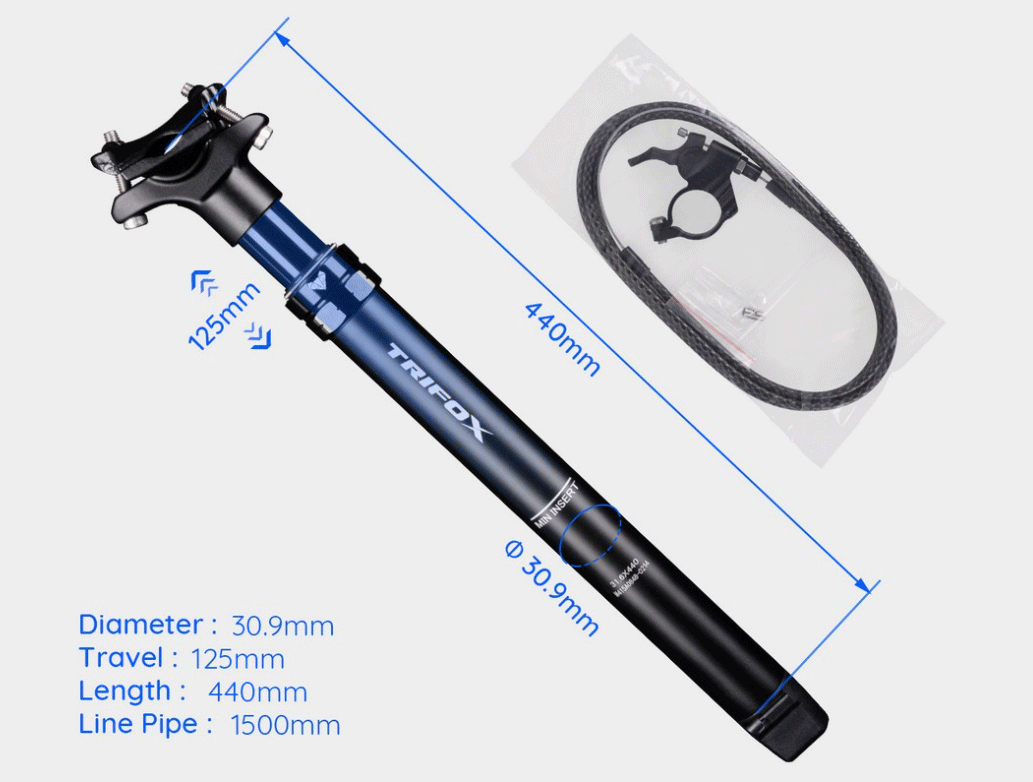
In conclusion, the Trifox AIR Bike Dropper Seatpost AP309 is an excellent addition to any biker's equipment. It is durable, easy to install, lightweight, has multiple wiring options, and offers an excellent riding experience. You'll appreciate the improved maneuverability and stability, making it easier to navigate those challenging trails. With the Trifox AIR Bike Dropper Seatpost AP309, you can enjoy a smooth and comfortable ride every time.
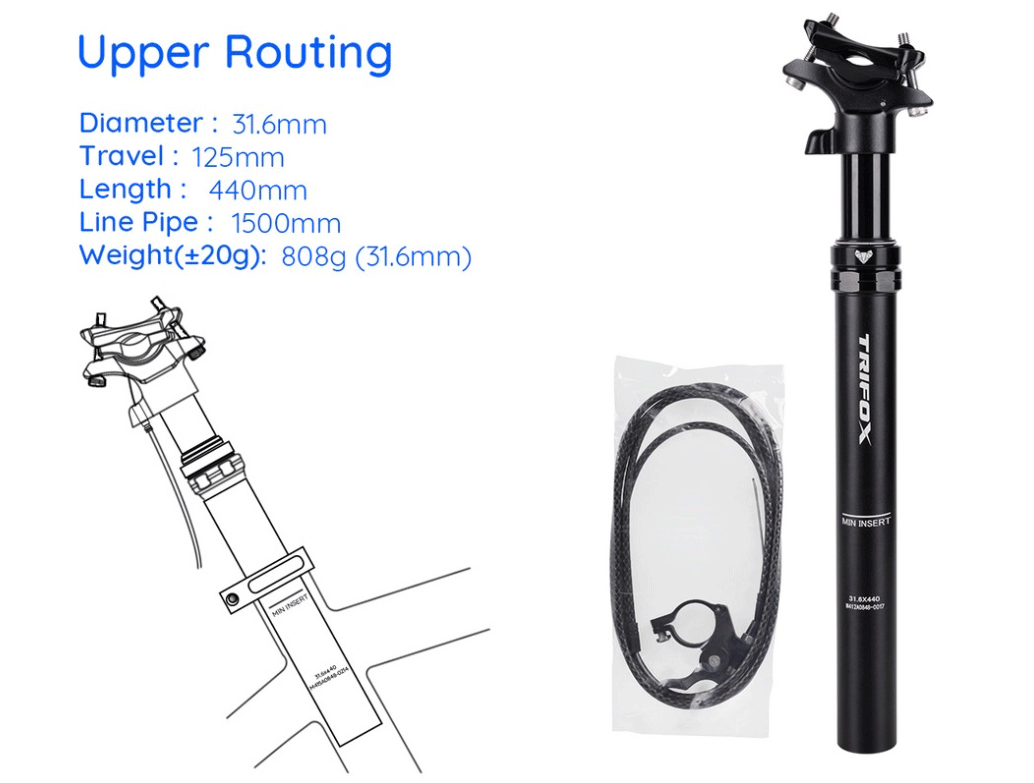
Mountain biking is a thrilling adventure sport that provides incredible experiences and challenges. However, as much as people love mountain biking, it can also be one of the most intimidating sports to participate in, especially for newbies. Mountain biking requires not only great control and skill but also the right equipment.
In this blog post, we will be diving deep into why you should invest in a dropper post for mountain bike, and why the Trifox AIR Bike Dropper Seatpost AP316 is the perfect option for any avid mountain biker.
1. What is a dropper post and why do you need it?
A dropper post, simply put, is a seat post that can be lowered or raised with the touch of a button or lever. This feature allows riders to adjust the seat’s height based on the terrain of the trail. Lowering the seat post gives riders more room and freedom for movement and control, especially on technical descents. Dropping your seat lower to the frame will transfer more weight to the back tire, giving you more traction and control. When the terrain flattens or inclines, a quick push of the button re-raises the saddle and is ready for pedaling.
2. Features of Trifox AIR Bike Dropper Seatpost AP316:
The Trifox AIR Bike Dropper Seatpost AP316 is a premium-quality dropper that is lightweight, durable, has a smooth action, and is easy to install. The seat post is made of AL7075 aluminum alloy, making it durable and strong, yet lightweight. It comes in a length of 440mm with an O.D of 31.6mm, making it perfect for pipe diameter of 31.6. Trifox also offers three different wiring options i.e, Upper Routing, Center Routing, and Bottom Routing. The finish of the seatpost is an attractive UD matte, giving your bike a sleek look that will turn heads in the park or on the trail.
3. Benefits of Using Trifox AIR Bike Dropper Seatpost AP316:
The Trifox AIR Bike Dropper Seatpost AP316 has many benefits and will be the perfect addition to your mountain bike gear setup. The first is that it has a 125mm travel, meaning that it is perfect for reducing the strain on your legs when you're going on a technical descent. This also ensures that you maintain your speed even in the steepest, most technical parts of the trail. The second is that the seat post is easy to install and ships with everything you need to get started. Lastly, it is made of high quality and durable materials, which makes it perfect for those riders who want to push their limits when it comes to mountain biking.
4. Making the decision to invest in a dropper post:
Investing in a dropper post is a smart decision for those who are serious about mountain biking. A dropper post will allow you more control and freedom when it comes to navigating terrain. It prevents pain and strain in your lower back and thighs, thus allowing you to ride for longer without feeling fatigued. A dropper post is also a great addition for those who are looking to take part in longer rides and races.
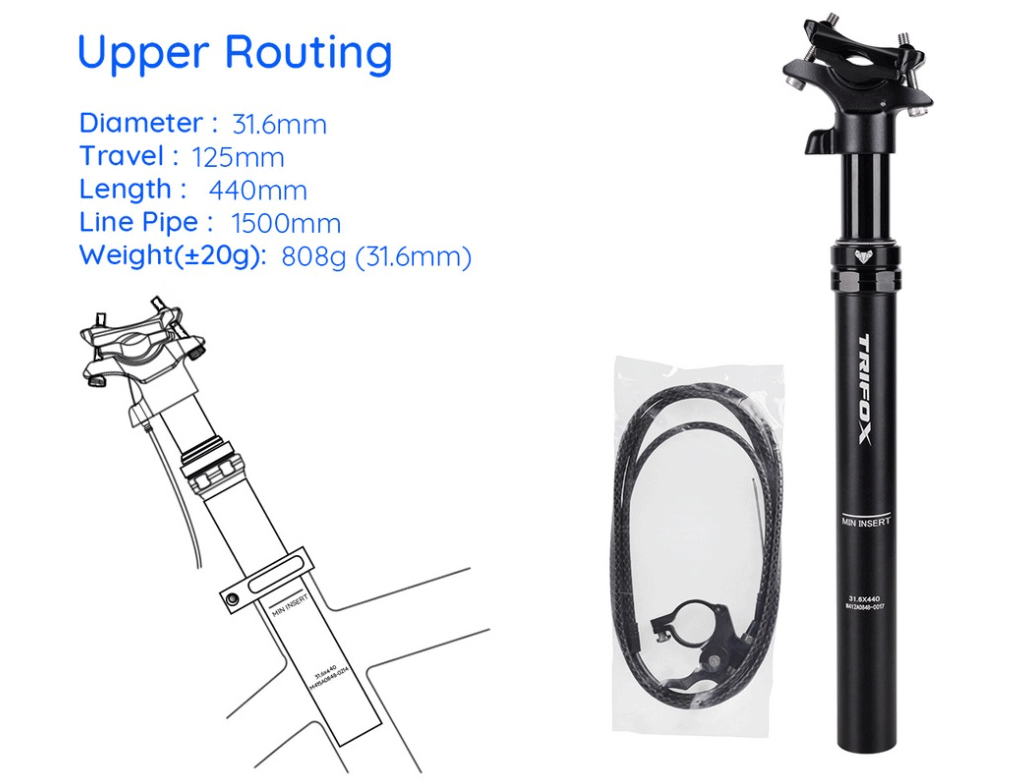
Conclusion:
In conclusion, investing in a quality dropper post is a must for any serious mountain biker. The Trifox AIR Bike Dropper Seatpost AP316 is an excellent option, providing you with unmatched control and maneuverability on the trails.
The seat post is an investment that will pay off immediately, reducing rider fatigue and increasing rider speed and control in technical sections. Get your hands on a Trifox AIR Bike Dropper Seatpost AP316 today and get ready for amazing experiences on the trails!
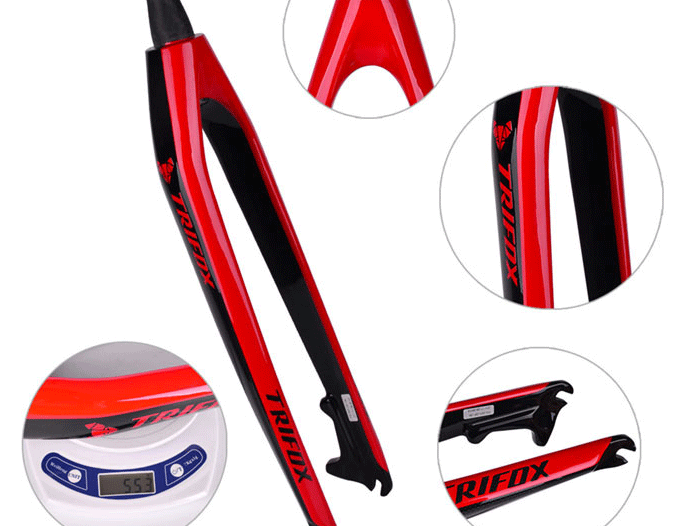
Are you looking for an upgrade to your bike that can take its performance to the next level? If yes, then Trifox has got your back with their 29er bicycle carbon fork QMK100. This fork is known for its excellent performance, lightweight construction, and remarkable durability. In this blog post, we will discuss why you must consider buying this fork for your MTB and how it can enhance your biking experience.
1. Improve the handling of your bike
The Trifox 29er bicycle carbon fork QMK100 is designed to enhance the handling and control of your bike on the trails. This fork is very lightweight, which means it reduces the overall weight of your bike, making it easier to handle. Plus, the tapered style and quick release dropout make for easier steering. So if you've been experiencing difficulty in steering your bike or want a more comfortable ride, the Trifox 29er Carbon MTB Fork Rigid QMK100 is the perfect upgrade.
2. Enjoy a smoother ride
If you frequently ride on rough terrain, you might experience a lot of shaking and vibration in the handlebar. Fortunately, this fork features a carbon construction that reduces the amount of vibration transmitted to the handlebar, reducing arm fatigue and providing you with a smooth ride. With this fork, you will hardly notice when you ride over bumps, rocks, or any other obstacles.
3. More responsive braking experience
The Trifox 29er Carbon MTB Fork Rigid QMK100 comes with disc brake compatibility, which offers a more responsive braking experience. Disc brakes are more powerful and predictable, and they offer better modulation, so you can stop your bike without any difficulty. This feature is particularly beneficial when you are riding in muddy or wet conditions, or if you want to brake quickly when speed is a problem.
4. Long-lasting durability
One of the most significant advantages of the Trifox 29er bicycle carbon fork QMK100 is its long-lasting durability. Made from high-quality T800 Import Carbon, this fork is resistant to wear, corrosion, and damage, ensuring you get a long-lasting return on your investment. Additionally, it employs a glossy finish that not only looks great but also increases durability by making the fork scratch-resistant.
5. Look stylish
Lastly, we can’t forget to mention that the Trifox 29er Carbon MTB Fork Rigid QMK100 is available in two distinctive colors, red and black, that not only make your bike look good but also improve its visibility. You can choose the color that suits your style and match it with your other bike components. Apart from enhancing its appearance, these colors make your bike stand out, which means it is easier for cars and other bikers to see you on the road.

Conclusion:
Overall, the Trifox 29er Carbon MTB Fork Rigid QMK100 is an excellent upgrade for any MTB rider looking to enhance their biking experience. With better handling, smoother ride, disc brake compatibility, long-lasting durability, and stylish appearance, you won't regret investing in this fork.
Whether you are a casual biker or a seasoned professional, the Trifox 29er Carbon MTB Fork Rigid QMK100 is an upgrade worth considering. So what are you waiting for? Get your hands on this fork and take your biking experience to infinity and beyond!
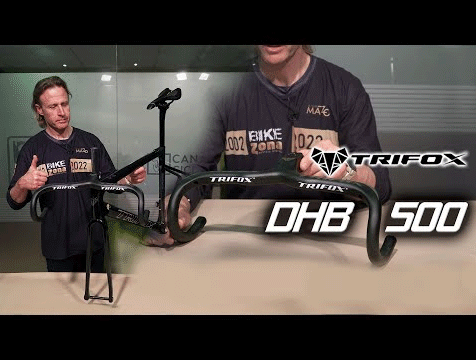
Are you looking to upgrade your bike's handlebars for better control and a sleeker look? The Drop Cycle Handlebars DHB500 may be just what you need. This 28.6mm Carbon Integrated Drop Bar is a one-piece carbon bar/stem combo that brings clean looks and light weight to any Road bike or Mountain Bike.
1. Improved Control: With the Drop Cycle Handlebars DHB500, you'll enjoy improved handling and control, thanks to its lightweight T800 Full Carbon construction. This not only offers a great road feel but also ensures better steering precision and responsiveness. The calibration marks and flat front surface make for easy lever installation, saving you time and hassle.
2. Wind-Resistance: The high-temperature joint-treated corners provide additional durability and longevity to the handlebars. The Drop Cycle Handlebars DHB500 also features an internally routed design that helps reduce wind resistance while riding. This means you'll experience less drag and greater speed, letting you easily tackle those challenging mountain climbs or race down the long stretches of road.
3. Ergonomic Design: The Carbon Drop Bar DHB500 boasts a sleek and ergonomic design that is both functional and stylish. It is available in various widths to ensure a perfect fit for your unique riding style and preferences. Furthermore, the integrated stem and bar combo add to the aesthetics of your bike, creating a seamless look that will turn heads and be the envy of your cycling group.
4. Durability: Drop Cycle Handlebars DHB500 are built strong and sturdy, thanks to the use of T800 Full Carbon construction. This means it can withstand the impact of any obstacle or accident while keeping your hands safe. The handlebars have also been tested for impact resistance, providing you with peace of mind knowing that your investment is a wise one that will last for the long haul.
5. Versatility: Whether you are a road biker or a Mountain Biker, the Drop Cycle Handlebars DHB500 is a versatile addition to your bike. With clamp diameter 28.6mm and bar width (center-to-center): 400mm/420/440mm, you can choose the size that fits the requirements of your bike and ensures optimal performance.

In summary, the Drop Cycle Handlebars DHB500 have many benefits that make them a must-have upgrade for any cyclist. From increased control, wind resistance, and ergonomic design to their durability and versatility, they provide a superior riding experience that is unmatched by any other handlebars on the market.
So, if you are looking for a game-changer that will take your cycling to the next level, look no further than Drop Cycle Handlebars DHB500.


























































